Otter – Lutra lutra

The otter is a large member of the weasel family (mustelids) with an amphibious lifestyle. In the wild they are elusive, secretive animals living in undisturbed rivers, streams and estuaries. In the early 1960s they were on the verge of extinction due to river pollution, habitat loss and hunting. Now with full legal protection, cleaner rivers and managed habitat it is returning to former haunts, though its distribution will always be limited by the availability of fish.
The male otter is called a dog and the female a bitch. They have large lungs and can stay submerged under water for 4 minutes, often swimming 400 metres before resurfacing. They can reach speeds of 12 km/h under water and can outrun man on land. The males occupy large ranges, which may include up to 20 km of river bank and daily travel long distances along regular routes by the margins of the river.

| Origin: | Native. |
| Size: | Head/body length: 60 – 120 cm; tail 40 – 45 cm. |
| Description: | Brown fur, often pale underside, long slender streamlined body, small ears, long thick tail and webbed feet. The eyes and nostrils are high on its head, so that it can see and breathe when the rest of its body is submerged. The small ears have valves which close against water pressure. Their big whiskers, ‘vibrissae’, probably help it to find food in dark water. |
| Habitat: | Found on coasts and estuaries and in fresh water habitats with suitable cover. |
| Young: | 3 ‘cubs’ can be born at any time of the year but usually in early spring after 63 days gestation. They are blind for 35 days and suckled for 6 months. They do not take to the water until they are 2 – 3 months old. They initially fear the water and sometimes have to be pushed in by the mother, who cares for them alone. |
| Nest: | The ‘holts’ lined with grass, are usually in stream banks with an underwater entrance. |
| Diet: | All kinds of fish, eels, molluscs and crustaceans, also rabbits, frogs, ducks, moorhens and snakes. They take their prey to land to eat. |
| Population: | Pre-breeding season estimated to be 10,300 and slowly increasing. |

